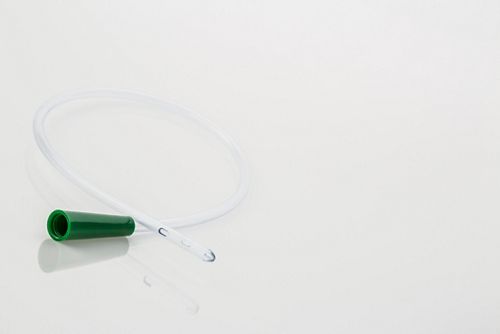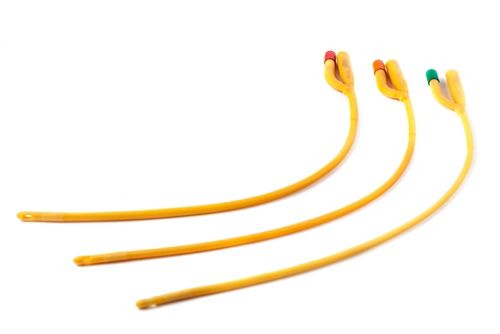Menu
Close
Back
Welcome to
Together is a new resource for anyone affected by pediatric cancer - patients and their parents, family members, and friends.
Learn MoreUrinary catheterization drains urine from the bladder. This keeps urine from sitting in the bladder. If urine sits in the bladder for too long, it can cause a bladder or kidney infection.
A urinary catheter is a flexible tube that is inserted into the bladder through where you pee. This tube allows urine to be collected and measured and helps keep the bladder empty. Catheters can be put in to just empty the bladder one time (in and out to just drain the bladder). Or they can be put in to stay for a few days. Urinary catheters come in many sizes. Your health care team will decide the proper size.

This is an example of a straight catheter, also known as an in and out catheter.

This is an example of foley catheters, which can remain in the bladder for some time.
Gather supplies onto a clean work area.
Wash your hands for at least 20 seconds with soap and water. Dry well. If there is no soap and water available, use alcohol-based hand sanitizer and allow hands to air dry.
—
Reviewed: August 2022